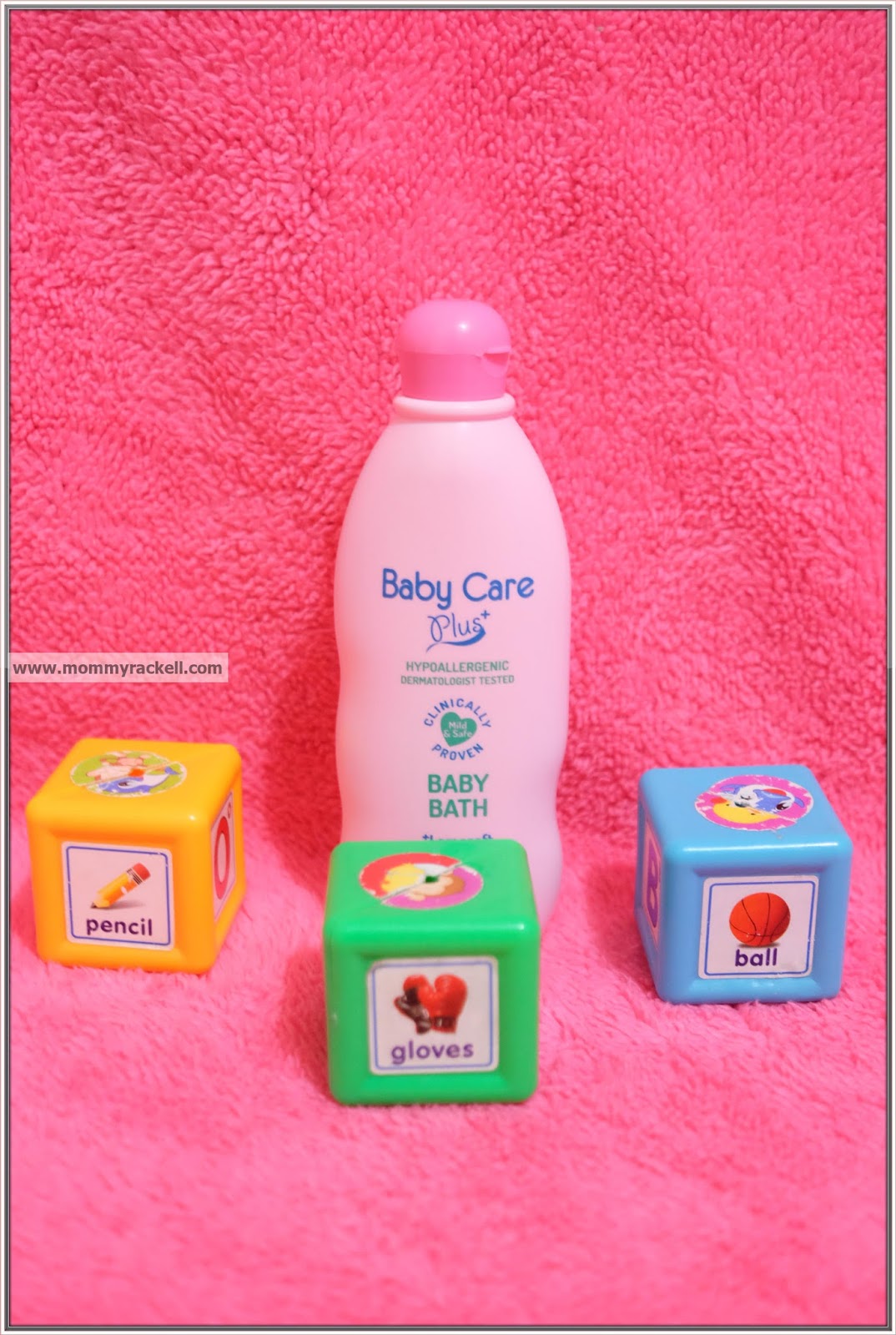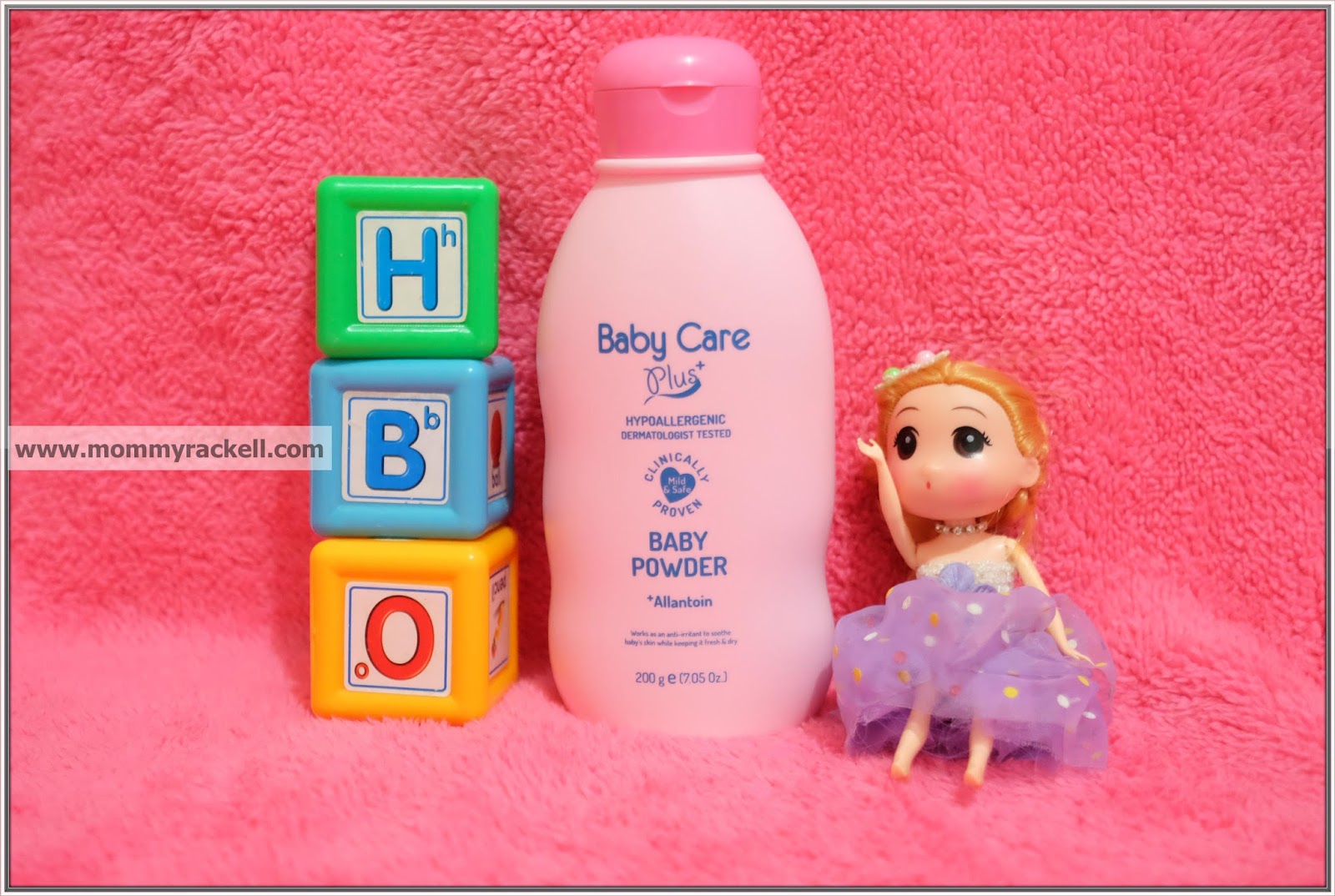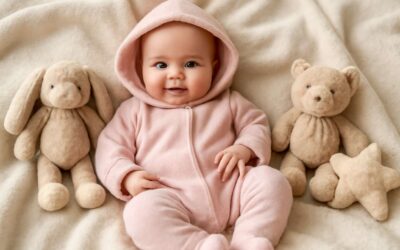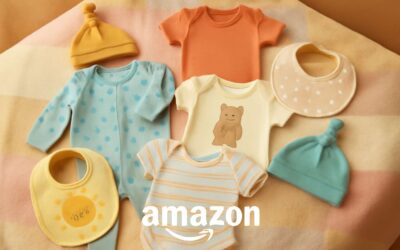Overview of the Baby Clothing Retail Industry
Market Size and Growth Trends – Analyzing current market statistics and future growth projections
The baby clothing retail industry is experiencing a notable shift, driven by changing consumer habits and an increasing focus on quality and sustainability. Recent statistics reveal that the global market size for baby apparel is projected to reach USD 15 billion by 2028, with a compound annual growth rate (CAGR) of around 5%. This steady expansion suggests a resilient sector, despite economic fluctuations. The demand for organic and ethically produced baby clothing stores is particularly surging, reflecting a broader societal shift towards conscious consumption.
Questions about profitability often arise in this context. Are baby clothing stores profitable? The answer depends largely on factors like location, inventory management, and brand differentiation. For those entering the market, understanding current growth trends is crucial. The industry’s future appears promising, with market analysts forecasting sustained growth driven by increasing birth rates in key regions and a consumer base willing to invest in premium baby apparel. As a result, many entrepreneurs find a lucrative opportunity in this niche, provided they navigate the competitive landscape carefully.

Consumer Demographics – Understanding target customers and buying behaviors
The heartbeat of the baby clothing retail industry pulses in the delicate rhythm of its consumers—parents, guardians, and the ever-growing network of eco-conscious buyers. These individuals are not merely purchasing garments; they are investing in comfort, safety, and a future where sustainability is woven into every fibre. Understanding the demographics is essential: new parents, predominantly aged 25 to 40, seek quality over quantity, prioritising organic fabrics and ethically produced pieces. Their buying behaviour is shaped by a desire for transparency and authenticity, often leading them to brands that champion sustainability and style.
In this landscape, the target customer is as much driven by emotion as by necessity. They are motivated by love—an unspoken promise to shield their little ones from harm—and a commitment to a better world. The purchasing journey often involves careful research, comparing brands, and a preference for stores that reflect their values. As such, the question of whether baby clothing stores profitable hinges on understanding these delicate nuances—knowing who the buyers are and what they truly seek. When aligned with market trends and consumer expectations, these stores can indeed flourish, riding the wave of societal shifts towards conscious consumption.
Key Players and Competition – Overview of major brands and emerging competitors
The baby clothing retail industry is fiercely competitive, yet it remains a lucrative space for those who understand its intricate landscape. Major brands such as Boden Baby, Carter’s, and Petit Bliue dominate the market, their names echoing through prams and nursery shelves alike. These giants benefit from extensive distribution networks, brand loyalty, and a reputation for quality—factors that make the question of whether baby clothing stores profitable a tantalising prospect for new entrants.
Emerging competitors are also carving out their niche, often with a focus on sustainability and bespoke designs. These innovative brands appeal to the eco-conscious parent, eager to find ethical alternatives that align with their values. In a marketplace where authenticity and transparency are more than mere buzzwords, small boutiques and online startups thrive by offering personalised customer experiences and eco-friendly fabrics.
- Established global brands with expansive resources
- Indie labels focusing on organic and ethical fabrics
- Online marketplaces revolutionising accessibility
Understanding the competitive landscape reveals that while the market is saturated, it also offers plenty of opportunities. The question remains: are baby clothing stores profitable? With the right positioning and a keen eye on consumer preferences, they certainly can be—especially in a climate where parents are willing to invest in their child’s comfort, safety, and sustainability. The competition is fierce, but so too is the potential for profit.
Factors Influencing Profitability of Baby Clothing Stores
Product Sourcing and Supply Chains – Cost management through supplier relationships and logistics
Behind every thriving baby clothing store lies a delicate dance of cost management and strategic sourcing. The true heartbeat of profitability pulses through the veins of robust supplier relationships and seamless logistics. When sourcing baby clothing, choosing reliable suppliers not only ensures quality but also offers leverage for favourable pricing—an essential ingredient in the recipe of profitability. The intricate web of supply chains, if navigated with precision, can reduce overheads and buffer against unpredictable market fluctuations.
Optimal product sourcing hinges on forging alliances that transcend mere transactional exchanges. These partnerships are the cornerstone of maintaining competitive pricing while safeguarding product standards. Logistics, often the silent orchestrator, plays a pivotal role—streamlining delivery and inventory management to prevent costly delays or surplus stock. Ultimately, whether a baby clothing store is profitable or not hinges on how deftly it manages these dynamic elements, transforming raw materials into cherished garments for tiny adventurers while safeguarding its bottom line.
Pricing Strategies – Balancing affordability and profitability
In the delicate realm of baby clothing stores, striking the right balance between affordability and profitability is an intricate game of strategy. While competitive pricing attracts cautious parents, maintaining healthy profit margins demands a nuanced approach. The secret often lies in understanding the fine line that separates enticing price tags from sustainable revenue. It’s a dance that requires precision, where every decision impacts the bottom line.
Pricing strategies must be flexible, adapting to fluctuating market conditions and consumer expectations. For instance, offering tiered pricing or exclusive bundles can entice buyers without eroding margins. When executed skillfully, these tactics foster loyalty while ensuring the store remains profitable. The question of whether baby clothing stores are profitable hinges on how adeptly entrepreneurs navigate these complex pricing waters—balancing consumer desire with financial viability.
Moreover, the artful calibration of pricing involves considering factors such as production costs, competitor rates, and perceived value. A well-crafted strategy doesn’t just chase sales; it cultivates a sustainable revenue stream. Ultimately, the profitability of a baby clothing store is a reflection of its ability to craft prices that resonate with customers without sacrificing long-term viability.
Seasonality and Trends – Impact of trends and seasonal fluctuations on sales
Seasonality and trends wield a formidable influence over the profitability of baby clothing stores—like fickle fashionistas, little ones’ apparel is susceptible to the whims of seasonal shifts and fleeting fads. During the colder months, plush fabrics and cosy layers see a surge in demand, while summer’s lighter attire takes centre stage as the weather warms. Yet, the real challenge lies in anticipating these ebbs and flows, ensuring stock aligns with consumer desires at precisely the right moment.
On the trend front, miniature fashionistas are increasingly swayed by runway-inspired designs and social media buzz, making it a delicate dance to keep inventory fresh and appealing. The interplay of seasonal fluctuations with the ever-evolving landscape of trends can either bolster profits or cause a store’s revenue to waver. Ultimately, the question of whether baby clothing stores are profitable hinges on how adeptly entrepreneurs adapt to these cyclical patterns, turning seasonal and trend-driven demands into a lucrative advantage.
Operational Costs – Rent, staffing, marketing, and overhead expenses
Running a baby clothing store is no walk in the park — unless that walk is through a seasonal garden of fluctuating costs and unpredictable expenses. The real question remains: are baby clothing stores profitable? The answer hinges on managing operational costs with the finesse of a seasoned juggler. Rent, for instance, can gobble up a significant chunk of revenue, especially in high-footfall locations where prime retail space commands a premium. Staffing, often underestimated, can also drain resources quicker than a toddler’s patience during nap time.
Marketing is another beast altogether — it’s the heartbeat of visibility, but it can also bleed finances if not carefully targeted. Overhead expenses such as utilities, packaging, and inventory holding costs pile up faster than a mountain of tiny socks. To navigate these choppy waters, many entrepreneurs adopt a strategic approach, often employing a
- lean inventory model
- cost-effective marketing methods
to help keep the balance sheet in the black. Ultimately, the profitability of baby clothing stores depends on sharp cost management and the ability to adapt swiftly to market whims, proving that in retail, every penny counts — especially when tiny outfits are on the line.
Revenue Streams in Baby Clothing Retail
In-Store Sales – Point of sale transactions and customer experience
In the bustling marketplace of baby clothing retail, the heartbeat of profitability often hinges on the vitality of in-store sales. These point of sale transactions do more than just exchange goods—they craft the customer experience, transforming casual browsers into loyal patrons. When parents step into a store, they seek more than just garments; they crave an immersive environment where quality, comfort, and style coalesce seamlessly. Engaging displays, knowledgeable staff, and personalised service can elevate a simple purchase into a memorable journey, encouraging repeat business and fostering brand allegiance.
To truly understand the revenue streams within baby clothing stores, one must recognise the importance of the customer’s journey. Streamlined checkout processes and attentive service not only boost sales but also create an atmosphere of trust. As a result, many successful stores leverage loyalty programmes and seasonal promotions to entice customers to return time and again. The question remains—are baby clothing stores profitable? The answer lies in how well these in-store experiences are crafted to maximise revenue and forge lasting impressions.
Online Sales – E-commerce platforms and digital marketing
In the digital age, the revenue streams of baby clothing retail extend far beyond the confines of a physical store. E-commerce platforms have revolutionised how parents browse, select, and purchase garments for their little ones. A well-optimised online presence can dramatically amplify sales, reaching a broader demographic that values convenience and instant access. Digital marketing strategies—such as targeted social media campaigns, influencer collaborations, and personalised email outreach—are instrumental in cultivating customer loyalty and driving repeat purchases.
Many successful baby clothing stores leverage these digital channels to establish a seamless shopping experience. An effective e-commerce platform not only offers an intuitive user interface but also integrates features like size guides, customer reviews, and exclusive online promotions. These elements serve to foster trust and encourage conversions. Given the competitive landscape, brands often deploy loyalty programmes and seasonal discounts that incentivise customers to return, boosting overall profitability. Ultimately, understanding how online sales contribute to the bottom line is vital in answering the question: are baby clothing stores profitable?
Wholesale Opportunities – Bulk sales to boutiques and other retailers
Wholesale opportunities are a crucial revenue stream for baby clothing stores. Many brands generate substantial income by selling in bulk to boutiques, specialty shops, and other retailers. This approach allows for high-volume sales, often at a discounted rate, which can still be highly profitable due to the scale involved. Establishing strong relationships with wholesale clients ensures consistent orders and stabilises cash flow.
By offering exclusive designs or seasonal collections, baby clothing stores can attract retail buyers seeking unique inventory. Some stores even develop tiered pricing strategies to incentivise larger orders, boosting overall profitability.
- Bulk discounts
- Seasonal promotions
- Exclusive collaborations
These tactics help in maintaining a competitive edge and expanding revenue streams beyond direct consumer sales.
In the end, understanding how to optimise wholesale channels is vital to answering the question: are baby clothing stores profitable? Diversifying income sources through bulk sales can significantly bolster profit margins, especially in a crowded marketplace.
Additional Revenue Sources – Accessories, toys, and related products
While most assume that the core revenue for baby clothing stores comes solely from direct sales, diversifying income sources can dramatically influence profitability. Accessories such as baby hats, bibs, and socks often serve as high-margin add-ons that boost average transaction values. Similarly, toys and related products like blankets and nursery decor can create a more comprehensive shopping experience, encouraging parents to spend more in-store or online.
Offering a curated selection of complementary products not only appeals to busy parents seeking convenience but also enhances the overall store value proposition. Many stores leverage this by creating themed bundles or seasonal packages, making it easier for customers to purchase multiple items at once. This approach can transform a straightforward clothing shop into a one-stop destination for every baby need, effectively increasing revenue streams and reinforcing the real question — are baby clothing stores profitable?
Challenges Faced by Baby Clothing Stores
High Competition – Market saturation and differentiation strategies
In a market teeming with options, baby clothing stores face relentless competition that can challenge even the most passionate entrepreneurs. Market saturation is a formidable obstacle, with countless brands vying for the attention of discerning parents. Differentiation becomes essential—standing out through unique designs, sustainable fabrics, or personalised services can be the key to survival. Yet, carving a niche in such a crowded space requires ingenuity and resilience, especially when every corner seems to host another baby boutique.
To navigate this landscape, many stores implement innovative differentiation strategies. For instance, some focus on eco-friendly materials, appealing to environmentally conscious families, while others leverage local craftsmanship to create a sense of community and authenticity. Are baby clothing stores profitable? It depends largely on how well these stores can establish their unique identity amidst fierce rivalry. Success hinges on balancing quality, brand storytelling, and savvy marketing to cultivate loyal customers in an increasingly competitive environment.
Changing Consumer Preferences – Adapting to eco-friendly and organic trends
Consumer preferences are evolving at a rapid pace, and nowhere is this more evident than in the baby clothing industry. Today’s parents are increasingly prioritising eco-friendly and organic trends, seeking garments that are both gentle on delicate skin and kind to the planet. This shift poses a significant challenge for baby clothing stores, which must adapt swiftly to maintain relevance and profitability. Balancing traditional quality with sustainable innovations demands an agile approach and a deep understanding of what modern parents value most.
Incorporating environmentally conscious materials is no longer optional but essential for differentiation. Stores that embrace sustainable fabrics—such as organic cotton, bamboo, or recycled fibres—often attract a niche but loyal customer base. Yet, the real challenge lies in educating consumers and communicating the value of these choices effectively. For those wondering, are baby clothing stores profitable? The answer hinges on their ability to align their offerings with these shifting preferences while managing increased sourcing costs. Success in this arena requires a delicate dance between authenticity, innovation, and market insight, especially as families become more discerning about their purchasing decisions.
In this landscape, adaptability is paramount. Stores that can seamlessly integrate eco-friendly and organic trends into their core identity—perhaps through transparent storytelling or local artisanal collaborations—stand a better chance of thriving. The market’s dynamic nature means that those willing to innovate and listen intently to evolving consumer desires can carve out a profitable niche even amidst fierce competition. Ultimately, understanding and responding to these changing preferences is central to answering the question: are baby clothing stores profitable?
Inventory Management – Balancing stock levels with demand
Running a baby clothing store is akin to orchestrating a delicate ballet, where inventory management becomes both an art and a science. One of the most formidable challenges is balancing stock levels with fluctuating demand, especially as seasonal trends and consumer preferences shift swiftly. Overstocking can drain resources and inflate costs, while understocking risks missing out on lucrative sales opportunities. This tightrope walk demands a keen eye for market signals and an agile supply chain strategy.
Amidst this complexity, some stores employ systematic approaches such as just-in-time inventory or predictive analytics to anticipate demand surges, particularly during peak seasons or trend cycles. To navigate this terrain successfully, they may consider a few key steps:
- Monitoring sales data consistently to identify patterns
- Building strong relationships with reliable suppliers
- Flexible procurement practices that adapt to market shifts
Ultimately, the question of whether baby clothing stores are profitable hinges on how well they manage these inventory dynamics. When inventory aligns seamlessly with customer demand, profit margins can flourish, even amid fierce competition. Conversely, poor stock control can diminish profitability, reminding retailers that inventory management is the heartbeat of a thriving baby clothing business.
Economic Factors – Impact of economic downturns and inflation
Economic downturns and inflation are like unwelcome guests crashing the baby clothing store party—suddenly, everything feels more expensive, and consumer spending takes a nosedive. When wallets tighten and prices soar, parents may become more discerning, prioritising essentials over trendy ones. This financial squeeze can turn the quest for profitability into a high-wire act without a safety net.

In such turbulent times, managing costs becomes a strategic ballet. Stores often face the challenge of balancing purchase prices with retail margins while trying to keep prices attractive. To make matters more complicated, inflation can inflate operational costs—rent, staffing, and shipping fees—drastically squeezing profit margins. The question then arises: are baby clothing stores profitable when economic conditions wobble? The answer hinges on agility and savvy supply chain management.
Some retailers counter these headwinds by diversifying revenue streams—think accessories or organic cotton lines—that can buffer against economic shocks. Others rely on dynamic pricing strategies, adjusting prices swiftly to reflect market realities. But ultimately, the real question remains: in a climate of economic instability, are baby clothing stores profitable? The answer is a delicate dance, swayed by how well they adapt to these financial tempests and keep their inventory lean yet appealing.
Strategies for Increasing Profitability
Unique Product Offerings – Creating a competitive edge with exclusive designs
In a market where parents are increasingly seeking unique and stylish options for their little ones, creating exclusive designs can carve out a vital niche for baby clothing stores. Offering truly distinctive products not only sets a store apart from competitors but also cultivates brand loyalty among discerning customers. Imagine a boutique where each item tells a story—hand-stitched details, organic fabrics, or limited-edition prints—these elements forge a memorable shopping experience. Such exclusive product offerings can command higher price points, boosting profitability and elevating the store’s status in a competitive landscape.
To maximise this strategy, consider cultivating a signature style or partnering with local artisans to develop one-of-a-kind collections. This approach not only fuels customer interest but also creates a sense of community and authenticity. When customers perceive your store as a treasure trove of unique, high-quality items, their willingness to invest in your products increases. Ultimately, unique product offerings transform a standard baby clothing store into a destination for style-conscious parents, making the question of whether are baby clothing stores profitable more a matter of how creatively they can differentiate themselves within the market.
Effective Marketing and Branding – Building brand loyalty through digital marketing
In the bustling world of baby clothing stores, building a loyal customer base is the golden ticket. Effective marketing and branding, especially through digital channels, can turn browsers into devoted fans. Crafting a compelling online presence by sharing heartfelt stories behind each exclusive design or showcasing customer testimonials can significantly boost brand loyalty. When parents see your store as more than just a place to buy—they see it as an extension of their parenting journey—their investment in your products becomes personal, not just transactional.
To deepen this connection, consider implementing targeted social media campaigns or offering personalised shopping experiences. An engaging website with high-quality visuals and seamless navigation keeps customers coming back. Incorporating a mix of strategies—such as influencer collaborations or seasonal promotions—can elevate visibility in a crowded marketplace. After all, when your brand resonates authentically with eco-conscious or style-savvy parents, it’s easier to stand out and turn a profit. So, in answer to the question, are baby clothing stores profitable? It’s less about the store itself and more about how creatively and consistently you market your unique story to the right audience.
Enhancing Customer Experience – Personalization and exceptional service
In a marketplace where every tiny garment whispers stories of love, curiosity, and evolving style, the secret to sustained profitability often lies in the art of personalisation and delivering an experience that resonates deeply with parents. When a baby clothing store transforms from a mere transactional space into a sanctuary of trust and bespoke service, it unlocks a treasure trove of loyal clientele. The whisper of a personalised message on a baby romper or a tailored shopping experience can turn fleeting visitors into devoted patrons.
Enhancing customer experience isn’t just about offering cute clothes; it’s about creating a narrative that parents want to be part of. Incorporating heartfelt touches—like customised embroidery, attentive styling advice, or exclusive previews—elevates the shopping journey from routine to memorable. This emotional connection fosters brand loyalty, which is the heartbeat of a profitable baby clothing store. After all, when every interaction feels meaningful, the question of whether these stores are profitable becomes clearer: success is woven through genuine engagement and exceptional service.
Expanding Sales Channels – Multi-channel retailing and partnerships
Expanding sales channels is an essential strategy for those questioning, are baby clothing stores profitable. In a marketplace saturated with competitors, multi-channel retailing acts as a catalyst to diversify income streams and amplify brand visibility. By integrating online shops, social media marketplaces, and physical outlets, entrepreneurs can tap into different consumer behaviours and preferences, creating a seamless shopping experience that caters to the modern parent’s multifaceted lifestyle.
Partnerships also serve as a vital lever—collaborating with baby boutiques, maternity clinics, or even parenting events can amplify reach and establish credibility within targeted demographics. An effective approach involves cultivating relationships with local influencers or parenting bloggers, whose endorsements often translate into heightened trust and increased sales. When these elements align, the question of whether these stores are profitable begins to shift from speculation to certainty, as expanded channels generate a steady flow of revenue and foster brand loyalty.
Case Studies and Success Stories
Small Business Successes – Profiles of profitable baby clothing stores
Among the tapestry of small businesses, a handful of baby clothing stores have woven themselves into stories of remarkable success. Take Little Sprouts, a boutique nestled in a bustling neighbourhood, whose owner attributes her thriving sales to a carefully curated blend of organic fabrics and exclusive designs. Her secret? A deep understanding of her target audience—parents seeking eco-friendly, stylish options for their little ones—coupled with a keen eye on seasonal trends.
Another inspiring case is Tiny Treasures, which has carved out a niche by offering personalised baby garments that foster loyalty and word-of-mouth buzz. Their innovative approach to blending traditional craftsmanship with modern aesthetics has turned their storefront into a local landmark. These success stories bolster the realisation that, with the right mix of product sourcing, marketing, and customer engagement, the question — are baby clothing stores profitable — often finds a resoundingly affirmative answer.
E-commerce Growth – Brands thriving online
In the digital age, a remarkable transformation is unfolding within the realm of baby clothing stores. E-commerce growth has propelled many brands beyond traditional storefronts, allowing them to thrive online while reaching a global audience. For instance, some brands have harnessed the power of digital marketing to create a captivating online presence, turning their websites into vibrant marketplaces. These brands often report that their online sales account for a significant portion of their revenue, illustrating that the question — are baby clothing stores profitable — is increasingly answered in the affirmative through e-commerce success.
Success stories such as Little Sprouts and Tiny Treasures demonstrate how innovative marketing strategies and a keen understanding of consumer preferences can elevate a baby clothing store’s profitability. By offering personalised garments or eco-friendly options, these brands appeal to modern parents seeking both quality and style. Their ability to adapt to shifting consumer trends and optimise online platforms underscores that, in today’s climate, a well-structured e-commerce model can be the cornerstone of a profitable baby clothing business.
Innovative Retail Models – Subscription boxes and pop-up shops
Success stories within the baby clothing retail landscape reveal a fascinating trend: innovative retail models are transforming the way brands generate revenue. Subscription boxes, for example, have become a favourite among modern parents seeking convenience and personalised selections, creating a steady revenue stream that bolsters overall profitability. Meanwhile, pop-up shops bring a sense of exclusivity and immediacy, allowing brands to test new markets or seasonal collections without long-term commitments.
Some brands have leveraged these strategies with remarkable results. A recent case study highlighted a baby clothing store that combined both methods—offering curated subscription boxes alongside seasonal pop-up shops—leading to a significant uptick in sales. These dual approaches not only diversify income sources but also deepen customer engagement, fostering loyalty and repeat business. Such success stories demonstrate that when retail models adapt to consumer behaviour, they can enhance their profitability and stand out in a crowded marketplace.
Future Outlook and Opportunities
Emerging Trends – Sustainability, organic fabrics, and smart textiles
The future of baby clothing stores holds intriguing possibilities, especially as emerging trends reshape consumer expectations. Sustainability has become more than just a buzzword; it’s a vital pillar for brands aiming to stay relevant. Organic fabrics, in particular, appeal strongly to eco-conscious parents eager to provide the best for their little ones while minimising environmental impact. Additionally, smart textiles are entering the market—think temperature-regulating materials and moisture-wicking fabrics—that elevate product value and consumer interest.
As these trends gain traction, the question arises: are baby clothing stores profitable in this evolving landscape? The answer hinges on adaptability and foresight. Many stores are already capitalising on these opportunities by offering eco-friendly lines and integrating innovative textiles. The growth trajectory suggests a promising horizon where brands that embrace sustainability and technological advances can carve out a significant competitive advantage. With careful positioning and a keen eye on these emerging trends, it’s clear that the profitability of baby clothing stores is poised to flourish amidst the shifting sands of consumer preferences.
Technology Integration – Augmented reality and personalized shopping experiences
The future of baby clothing stores is no longer confined to traditional retail spaces. As technology continues to evolve, so too do the opportunities for innovative engagement and revenue streams. Augmented reality (AR) and personalised shopping experiences are quickly becoming game-changers in this market. Imagine parents browsing online and being able to virtually try on outfits or see how tiny garments fit their little ones—all from the comfort of their home. These immersive technologies not only enhance customer satisfaction but also foster brand loyalty, making the shopping journey memorable and distinct.
With such advancements, the question of whether baby clothing stores are profitable takes on a new dimension. The key lies in harnessing these digital tools to stand out amidst the competitive landscape. Integrating AR and personalised services can boost conversion rates and increase average order values. As consumer expectations shift towards seamless, customised experiences, brands that adapt early are positioned to reap the benefits. In this digital age, the real opportunity for profitability hinges on embracing technology as a core component of the retail strategy—transforming the way parents discover, select, and purchase adorable, functional baby clothes.
Global Market Expansion – Opportunities beyond local markets
The horizon of baby clothing stores is shifting—an unfolding tapestry woven with threads of global opportunity and digital innovation. As markets expand beyond borders, the potential for international growth becomes an alluring prospect for entrepreneurs seeking to transcend local confines. The allure of tapping into emerging economies, where disposable income rises and demand for fashionable baby apparel surges, cannot be overstated.
Global market expansion offers a fertile ground for profitability, especially when combined with localisation strategies that respect cultural nuances. For instance, online platforms can reach distant shores with ease, enabling brands to showcase their unique offerings to diverse demographics. The digital age’s connectivity transforms distant markets into accessible territories ripe for conquest.
Consider the following avenues for expansion:
- Partnering with overseas distributors to broaden reach
- Establishing pop-up stores at international trade fairs
- Leveraging cross-border e-commerce platforms to facilitate direct sales
Seizing these opportunities requires a delicate balance of localisation, logistics, and storytelling—each factor vital in answering the haunting question: are baby clothing stores profitable on a global scale? The answer lies in the ability to navigate these uncharted waters with a strategic vision, turning distant shores into promising new markets for growth and sustainability.



0 Comments